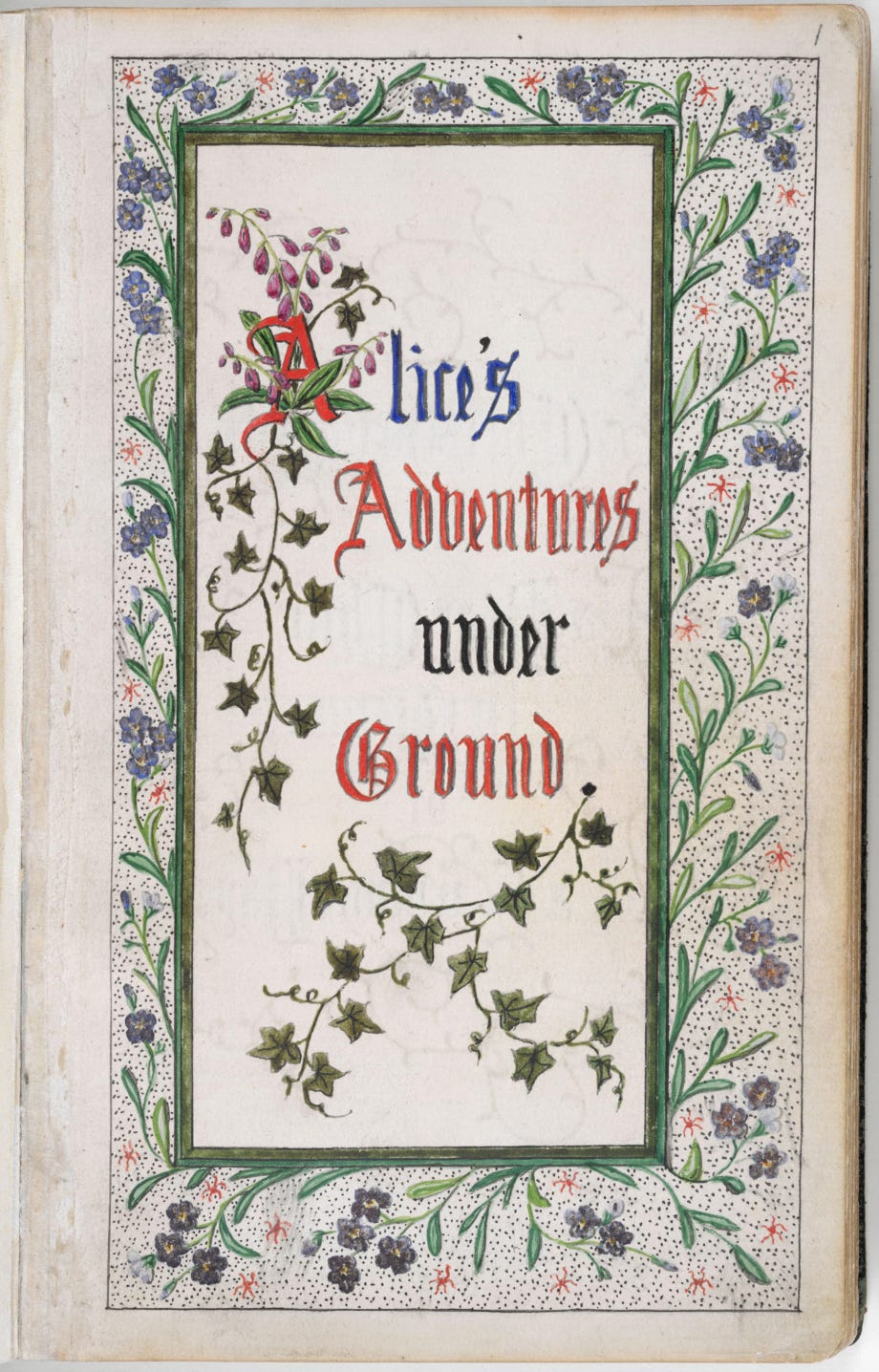Get all that Writers at Work has to offer, including posts on strengthening your writing habits and workshops on mastering the art and business of being a creative writer on Substack. Become a free or paid subscriber. Your writing and writing career are worth it.
Titles matter. A lot.
We think of them as (typically) short, pithy things, but it wasn’t always this way. During the eighteenth century, titles took up the entire first page of the book. This, my friends, is the full title of Daniel Defoe’s adventure novel Robinson Crusoe:
The Life and Strange Suprizing Adventures of Robinson Crusoe, of York, Mariner: who lived eight and twenty years, all alone in an un-inhabited island on the coast of America, near the mouth of the Great River of Oroonoque; having been cast on shore by shipwreck, wherein all the men perished but himself with an account how he was at last as strangely deliver’d by pyrates written by himself.1

Why so many words? Because in a nascent literary culture—before the advent of book reviews, author readings, and publicity—the title was all a reader had to go on. It had to do all the work.
Titles are still one of your most important connections with the reader. The literary critic Franco Moretti, co-founder of the Stanford Literary Lab, describes titles as coded messages: “[H]alf sign, half ad, the title is where the novel as language meets the novel as commodity.”
As writers/artists, we may not like the word commodity, but as serializers, we’re writers, editors, and publishers in one. (See the post “The Dickens Formula” for more on this triad.)
Below I take you through
the traditional attributes of a great book title,
how the masters used titles in early serializations, and
how titles work best in serial novels and memoirs today.
The Components of a Great Book Title
Whether you’re serializing or writing with an eye toward traditional publishing, the classic advice is to make your title
short,
informative,
enticing, and
searchable.
1. Short
With the expansion of literary culture in the mid-nineteenth century, readers could learn more about a book from reviews and ads; hence, book titles were shortened. Today, according to Google’s algorithm, a great title is supposedly less than six words.
2. Enticing
Memoirists are often good at coming up with alluring titles. They’re commonly followed by a subtitle and/or genre identifier:
An Unquiet Mind: A Memoir of Moods and Madness (Kay Redfield Jamison)
The Liar’s Club: A Memoir (Mary Karr)
3. Informative
Tell us what the book’s about:
War and Peace (Leo Tolstoy, partly serialized)—yup, that pretty much sums up all 587,000 words of the novel.
The Great Gatsby (F. Scott Fitzgerald) is informative and enticing.
Educated: A Memoir (Tara Westover) tells us exactly what the book is about.
The original title of Alice’s Adventures in Wonderland was Alice’s Adventures Underground. Both are enticing, but Alice’s Adventures in Wonderland gives us a much better sense of the book.
Other options are to use the setting or the protagonist’s name if either is central to the work, but keep in mind what Dickens had to say about using names.
4. Searchable
Your title should be easy to remember, and your book should appear first-ish in a Google search.
How many other books have the same title? Even if you find other books with “your” title, that shouldn’t necessarily dissuade you from using it, particularly if it will put you in good company. I knew the title of my second memoir Cured was the same as Jeff Rediger’s book, Cured: The Remarkable Science of Stories of Spontaneous Healing. I hadn’t read it, but it was published by a good press and was tangentially related to some of what I talk about in my book.
(Search Engine Optimization (SEO) also matters when thinking about searchability, but I’m saving that discussion for an upcoming post.)
Titling a Serialization
I suggest that we serializers are (kind of) back in the eighteenth century. We don’t get reviews or a lot of publicity—yet. This means
our titles need to do a lot of work, and
we need to take advantage of the title space we have.





